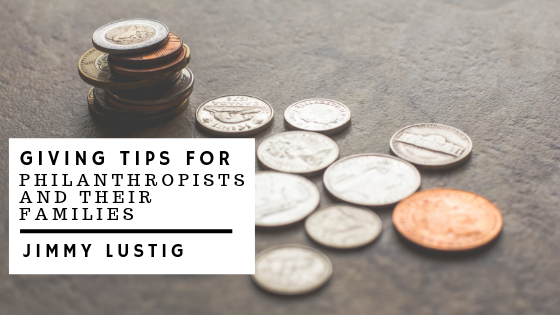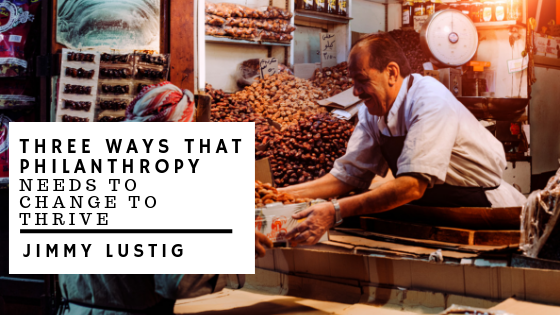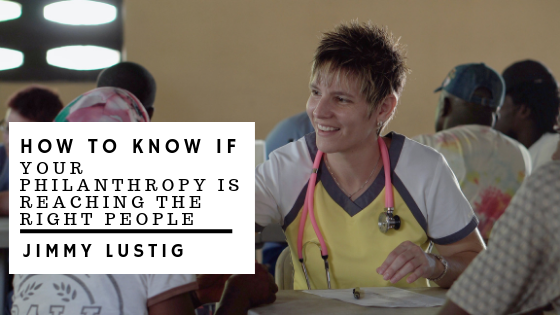Volunteering in a charitable organization that is important to you can provide many altruistic benefits, like a feeling of selflessness and compassion. Those benefits alone are typically enough for individuals who are heavily involved in philanthropy and serve as a motivating factor to continue to contribute. However, as an added bonus, philanthropic contributions can also provide financial benefits to volunteers as well in terms of their taxes. While tax deductions are not typically the driving factor behind most philanthropic engagement, it is still helpful for volunteers to know about the fiscal benefits of their hard work and dedication.
Cash Donations
Donating money to a charitable organization provides them the opportunity to choose what they use your contribution for. In most cases, monetary donations are used by philanthropic organizations and nonprofits to cover expenses. Since nonprofits do not receive revenue profit, as the name alludes to, all expenses that they face are covered by donations or pro bono contributions. This can go towards amenities and necessities like supplies, research, events, and employee compensation. So long as you save your receipts and any documentation of monetary donations, you can claim a tax deduction for the fiscal year in which it was made.
As with any governmental involvement, there are limitations on these tax deductions. However, for most individuals, the ceiling of how much you can donate is not usually an issue. A percentage of your gross income is able to be match from your contribution to your tax deduction. It is recommended to consult with a local tax professional if you plan to make a bigger donation to be sure that you are educated on your tax deduction limitations.
Non-cash Donations
Non-cash donations offer an endless amount of ways that individuals can get involved in philanthropic endeavors. Many people think that they are not fit for philanthropic involvement due to a lack of funds but this is not the case. Volunteering your time is a great way to help a charitable cause while remaining financially sound. Since most charities run as non-profit entities, they are always welcoming volunteers to assist their employees in their missions. You can itemize a list of the resources that you used to volunteer for tax deduction benefits, like time, mileage, parking expenses, etc.
Donating items like clothing, glasses, shoes, furniture, and technology are another way that people can be involved in bettering society through philanthropic contributions while also ridding themselves of items that they no longer need. As always, saving the receipt for these donations will make them tax deductible.
There are also a number of very generous individuals who donate high value items like cars, houses, and land. There is a fair amount of paperwork involved in these donations as the items carry a higher appraisal value than others. This is when it is especially important to consult with a tax professional to be sure that all areas are being covered when making a large donation like this if you intend to declare it on your next tax deduction.
No matter the donation, large or small, monetary or not, any charitable contribution is making a positive impact on an organization and helps them take the necessary steps towards accomplishing their mission. Just be sure to retain all paperwork and proof if you intend to reap the fiscal benefits in addition to the altruistic ones.










